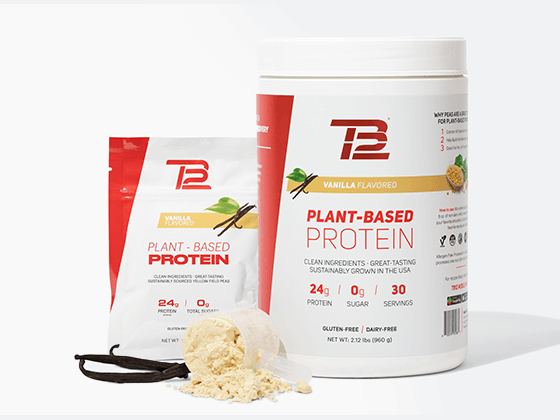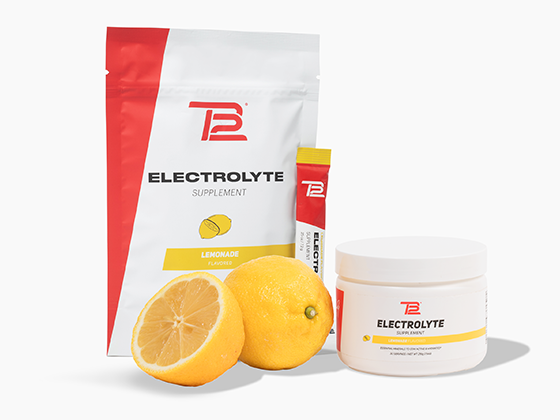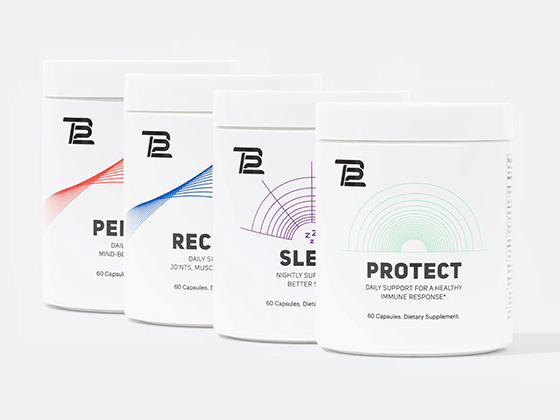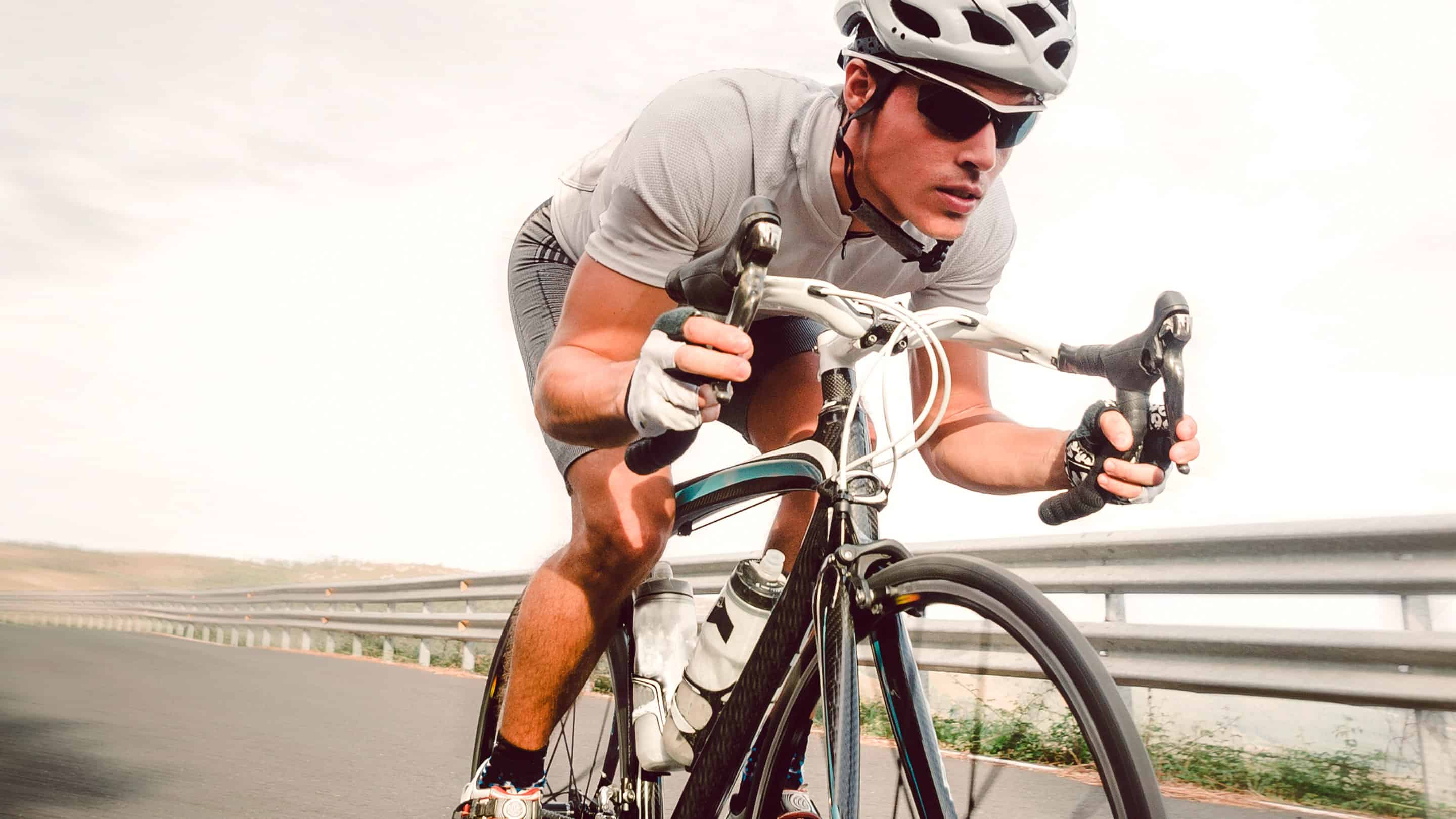Of the four ligaments in an athlete’s knee, it’s the anterior cruciate ligament (or ACL) that tears the most often. And if your ACL tears, you can be pretty sure that’s the end of your season. Although some ACL injuries can’t be helped — like when Tom took a helmet to the knee in 2008 — many ACL injuries are simply the result of a sudden change in movement (like a fast pivot or cut) that asks the ACL to do too much. And while the ACL takes less than a tenth of a second to tear, it takes months and even years to rebuild. If you want to do what you love for as long as you can, you’ve got to keep your ACL protected from these non-contact injuries.In this blog, we’re going to give you three exercises that you can use to incorporate ACL injury prevention into your daily training.
"With the overwhelming number of ACL injuries that are sustained throughout athletics each year, it is imperative that we as athletes, coaches, parents, and health care providers do everything in our power to remain proactive in the prevention of ACL injuries.”— Tom Brady
A QUICK BREAKDOWN OF THE ANATOMY OF THE KNEE:
The ACL is one of four important ligaments that hold your knee together. These ligaments provide stability to the knee joint and prevent your knee from moving in ways that would make it hard to use your legs. The four ligaments — nicknamed the ACL, MCL, LCL, and PCL — each have a name that derives from their structure and position in the knee. The ACL or anterior cruciate ligament is at the front of your knee, right behind your kneecap. The PCL or posterior cruciate ligament is at the back of your knee. The ACL and PCL make an “X,” so they’re called “cruciate.”The MCL of the medial collateral ligament is on the inside of your knee. (Think the right side of your left knee.) The LCL or lateral collateral ligament is on the outside of your knee (opposite the MCL). How does an exercise protect your ACL? The ACL is a stabilizing ligament. Its job is to keep your knee joint from straightening too far. However, it’s not a muscle, so it can’t be trained or strengthened on its own. This means that as your workout intensity increases, the limits of your ACL remain the same. In order to keep your ACL protected from excessive forces that could cause a tear, you need to make sure that the rest of your body can do 99 percent of its knee-stabilizing work without leaning on the ACL. In other words, when it comes to intense stabilizing work, your ACL should never be picking up the slack. Exercises that protect your ACL from injury tend to do one (or more) of three things: Solidify your base of support. (Think feet and ankles.) Strengthen your core (from your quads up to your chest). Increase power production in the glutes. Let’s take a look at three exercises that do this.
90/90 Single-Leg Balance
The 90/90 single-leg balance works all three of the key areas that protect your ACL from non-contact injury: it improves your balance by solidifying your base of support, strengthens your core (mainly your hip flexors), and improves power production in your glutes.
No equipment necessary. Here’s what you do: Hold your arms like you’re a field goal post — 90 degrees in each elbow, hands straight up. Raise one leg and bend your knee at a 90-degree angle. (You can see why we call this exercise 90/90.) Your quad should be parallel to the ground. Hold your balance in this position. Do not lean to either side or tap your raised leg to the ground. If you need to regain balance, try hopping on your plant leg instead. Keep your glute flexed by “pushing” your plant foot into the ground. Switch to the other side and hold balance on your other leg.
Lateral Alternating Squat
Like the 90/90, the lateral alternating squat improves glute activation and balance. Keep your back straight and your head up throughout the exercise.
No equipment necessary. Here’s what you do: Start by standing with your feet hip-width apart. Step out 180 degrees to your side. Squat down until your quad is parallel (or a few inches higher than parallel) to the ground. Never let your knee pass beyond your toes. Your goal is to use your glutes to lower and raise your torso. Repeat 10 times on one side, and then repeat on the other side.
Squat Jump
During a squat jump, it's important to maintain ideal knee and hip position during your landing. Make your landing soft and controlled by contracting your glutes.
No equipment necessary. Here’s what you do: Keep your knees directly over your toes. Raise your arms in front of you at chest level. Assume a squat for a 1–2 count. Jump up, and then return to the squat position. Hold again for a 1–2 count. Repeat. Go faster to increase the cadence. The emphasis is on height, not distance. Keep your knees directly over your toes at all times. Do the exercise for twenty seconds.
Stay in the game with the TB12 ACL Injury Prevention Program. This program is designed to give you the information and tools you need to reduce the risk of season-ending (and potentially career-altering) knee injuries. The course focuses on how ACL injuries happen, factors that increase or decrease your risk of ACL injury, steps you can take to improve your knee stability on a daily basis, and ways you can take ownership of your injury prevention plan.







